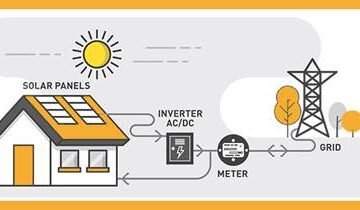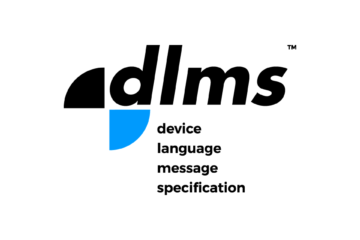Hey Readers! I have been working for fifteen years in telecom domain and making sure that you will definitely find a logical difference between 4G and 5G after reading this article. Please feel free to comment below for any specific topic your want to know in details and we will surely write a blog to cover and tag you.
We are writing the blog for two type of readers either a user or a technofreak (A person obsessed with technology especially computer and softwares).
User Perspective (4G vs 5G)
4G Downloading or Uploading Speed : Upto 500 Mbps
5G Downloading or Uploading Speed : Upto 2.1 Gbps

User Benefits
- Can streaming high-quality videos (4K, 6K, 8K) without any buffering experience
- Accurate location tracking for such type of applications
- Low latency communication gives more reliability
- Real time analysis of any IoT devices like home automation and industrial control
To know more about 4G please check wikipedia link. Click here
Please go to home page for free data science tutorials and projects.
We will differentiate 5G on below basis:
- Speed
- Latency
- Error Rate
- Range
Speed
5G speeds will range from around 50 Mbps to 1,000 Mbps (1 Gbps) depending on the RF channel and BS load. The fastest 5G speeds would be in the mmWave bands and can reach 4 Gbit/s with carrier aggregation and MIMO (assuming a perfect channel and no other BS load).
Sub-6 GHz 5G (mid-band), by far the most common, can deliver between 10 and 1,000 Mbps; it will have a much further reach than mmWave bands. In the sub-6 bands, C-Band (n77/n78) will be deployed by various U.S. operators in 2022.
Low bands (such as n5) offer a greater range, thereby a greater coverage area for a given site, but their speeds are lower than the mid and high bands.
Latency
In 5G, the ideal “air latency” is of the order of 8–12 milliseconds i.e., excluding delays due to HARQ retransmissions, handovers, etc. Retransmission latency and backhaul latency to the server must be added to the “air latency” for correct comparisons. Verizon reported the latency on its 5G early deployment is 30 ms. Edge Servers close to the towers can probably reduce latency to 10 – 15 ms.
Latency is much higher during handovers; ranging from 50 to 500 milliseconds depending on the type of handover. Reducing handover interruption time is an ongoing area of research and development.
Error rate
5G uses adaptive modulation and coding scheme (MCS) to keep the bit error rate (BLER) extremely low. Whenever the error rate crosses a (very low) threshold the transmitter will switch to a lower MCS, which will be less error-prone. This way speed is sacrificed to ensure an almost zero error rate.
Range
The range of 5G depends on many factors: transmit power, frequency, and interference. For example, mmWave (e.g.: n256 band) will have a lower range than mid-band (e.g.: n78 band) which will have a lower range than low-band (e.g.: n5 band)



0 Comments